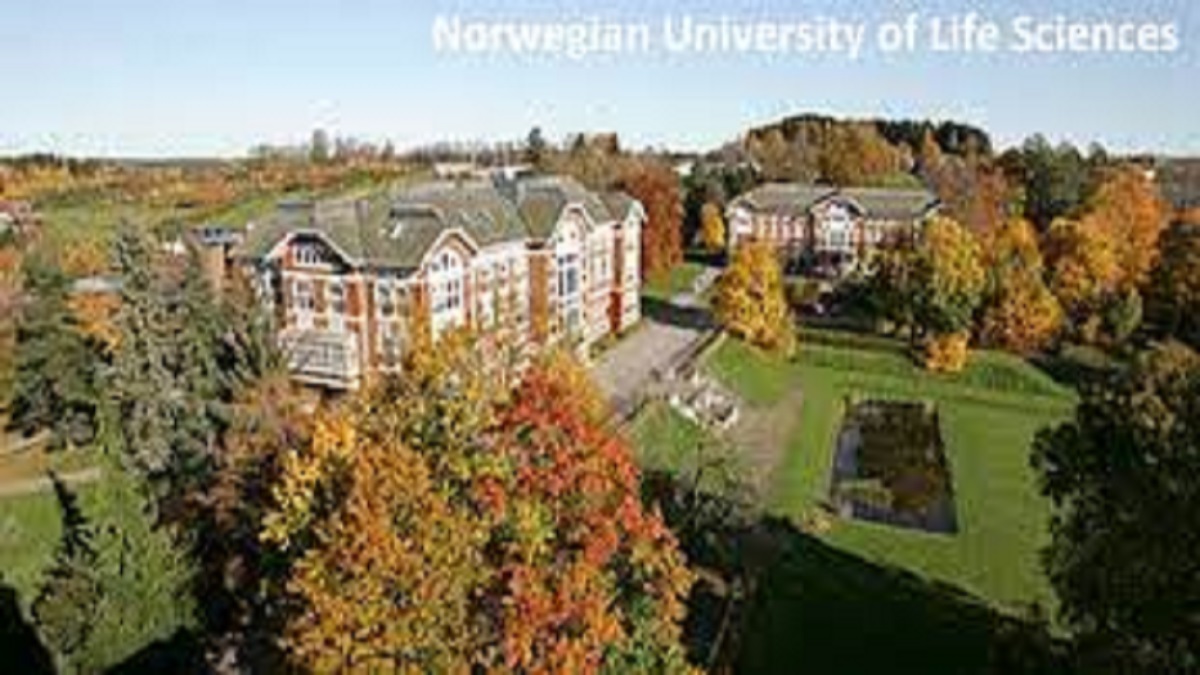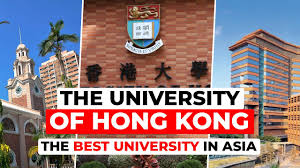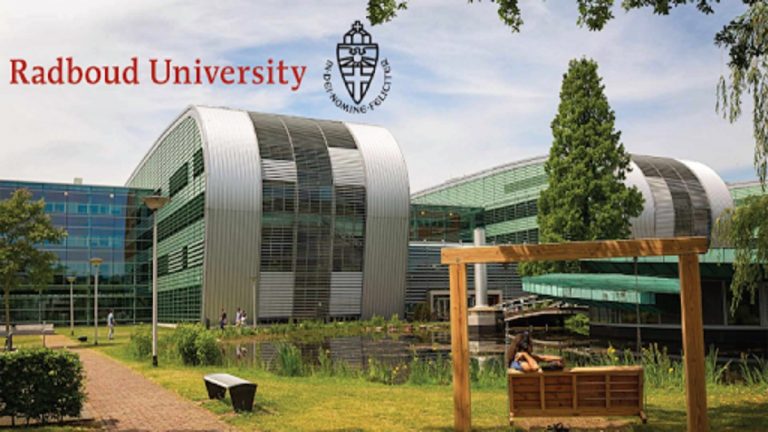
Faculty of Environmental Sciences and Natural Resource Management (MINA) at Norwegian University of Life Sciences (NMBU) has a vacant 2-year postdoctoral position in soil carbon modelling.
The postdoctoral fellow will be a part of the project team in the NRC funded project “Animal health and pasture carbon dynamics in sustainability assessment of ruminant production systems (SUSCOW)”. The project focuses on two important components for a sustainable food production, animal health status and carbon balance in permanent pastures, to document net GHG emissions and other climate impact factors related to ruminant production systems.
An essential part of the project is to quantify ecosystem storage of carbon in boral, and sub-alpine grasslands and permanent pastures used for grazing. The soil carbon sequestration potential of grazing in selected suckler cow beef production systems across Norway will be assessed. In addition, long term effects of sheep grazing on carbon dynamics and biodiversity will be determined in two contrasting alpine ecosystems in southern Norway with long term data sets. The successful candidate will primarily use the introductory carbon balance model (ICBM), a sub-model to assess soil carbon balances in whole-farm models such as HolosNor (https://doi.org/10.1016/j.livsci.2012.12.016) and HolosNorBeef (https://doi.org/10.1016/j.livsci.2020.104091). Alternative soil carbon models may be considered.
Main tasks
The main purpose of the postdoctoral position is to qualify for work in high-level scientific positions. A PhD degree is required for the position.
- Determine levels and variation in ecosystem storage of carbon in permanent pastures and outfields used for grazing across different climatic regions in Norway
- Improve spatio-temporal estimates of the carbon sequestration potential of suckler cow grazing in outfields and on permanent pastures under different climatic and edaphic conditions in Norway
- Use measures of soil C stocks and distribution in different pools from permanent pastures and outfields for calibrating and validating the selected soil C model
- Compare the ICBM model with other soil C models such as RothC, CENTURY, DNDC or N14C and assess their potentials to be used as a sub-model for soil C balances in the whole-farm models HolosNor and HolosNorBeef
The successful candidate is expected to submit a research – and progress plan for the postdoctoral research during the first months of the appointment.
Competence
The applicant must document expertise and interest in the research subject.
Required Academic qualifications:
- PhD degree within a relevant scientific field such as specialization in soil science or agronomy, preferably obtained within the last 5 years.
- Demonstrated record of scientific publication in scientific peer-review journals
- Knowledge and experience with carbon sequestration and C models
- Solid foundation in statistics and experimental design
The following experiences and skills will be emphasized:
- Knowledge of biogeochemical modelling and processes
- Experience with field work and soil-chemical and -physical analysis in the laboratory.
- Scientific publications in soil carbon modelling
- Understanding of geospatial analysis
- Proficiency in a Scandinavian language
- Driving license
You need to:
- be solution oriented and possess the ability for independent work, displaying initiative and careful thought
- have an analytical and academic approach to research questions
- have good collaborative/social skills
- have strong communication skills along with robust technical writing skills in English
Remuneration and further information
The position is placed in government pay scale position code 1352 Postdoctoral Fellow, wage framework 24 (salary grade 61-77) (NOK 563 500-765 600), depending on qualifications. The position follows ordinary meriting regulations.
For further information, please contact Dr. Vegard Martinsen, researcher at MINA, NMBU. E-mail:vegard.martinsen@nmbu.no; phone +47 67 23 18 48 or Professor Jan Mulder, MINA, NMBU. E-mail:jan.mulder@nmbu.no; phone +47 67 23 18 52.
Contact Dr. Vegard Martinsen, researcher at MINA, NMBU.
E-mail: vegard.martinsen@nmbu.no or Stine Samsonstuen, researcher at BIOVIT, NMBU, E-mail: stine.samsonstuen@nmbu.no who upon request will send the project description and relevant publications to the applicant.
Application
To apply online for this vacancy, please click on the ‘Apply for this job’ button above. This will route you to the University’s Web Recruitment System, where you will need to register an account (if you have not already) and log in before completing the online application form.
Application deadline: 01.08.2022
Up to ten publications selected by the applicant as most relevant must be attached to the application. If it is difficult to identify the contribution of the applicant in multiple-author publications, a short explanation about the applicant’s part of the work is suggested.
Printed material which cannot be sent electronically should be sent by surface mail to Norwegian University of Life Sciences, Faculty of Environmental Sciences and Natural Resource Management, P.O. Box 5003, NO-1432 Ås, within 01.08.2022. Please quote reference number 22/02050.
Applicants invited for an interview will be asked to present verified copies of diplomas and certificates.
About The Faculty of Environmental Sciences and Natural Resource Management
The Faculty of Environmental Sciences and Natural Resource Management (MINA) works with nature and the environment, sustainable use of natural resources, biological and geological processes.
MINA’s employees undertake teaching, research and dissemination within the fields of geology, hydrology and limnology, soil science, environmental chemistry, forestry, ecology, natural resource management, renewable energy, and nature-based tourism.
Our vision is to be a key actor in knowledge production and dissemination, and our goal is to deliver research of high, international quality, and varied and excellent teaching. The faculty’s employees are significant participants within their respective fields of expertise, both nationally and internationally. The faculty is dominated by a vital research culture and high levels of scientific production.
The faculty has about 200 employees, 90 PhD students and 650 students.
The Norwegian University of Life Sciences (NMBU)
NMBU has a particular responsibility for research and education that secures the basis for the life of future generations. Sustainability is rooted in everything we do and we deliver knowledge for life. NMBU has 1,900 employees of which about 300 phd scholarships and 6,700 students. The university is divided into seven faculties.
NMBU believes that a good working environment is characterised by diversity.
We encourage qualified candidates to apply regardless of gender, functional ability, cultural background or whether you have been outside the labour market for a period. If necessary, workplace adaptations will be made for persons with disabilities. More information about NMBU is available at www.nmbu.no.





